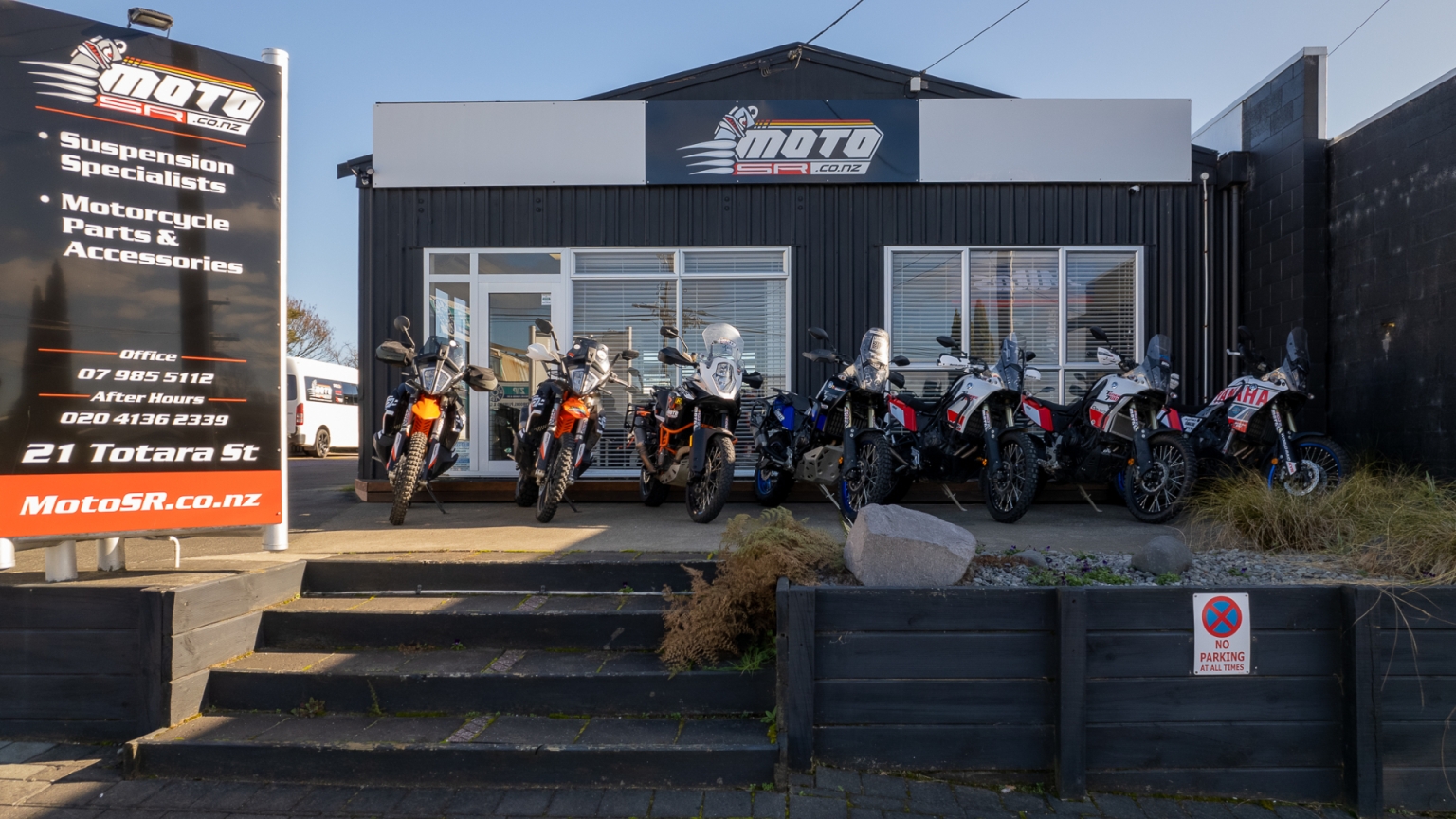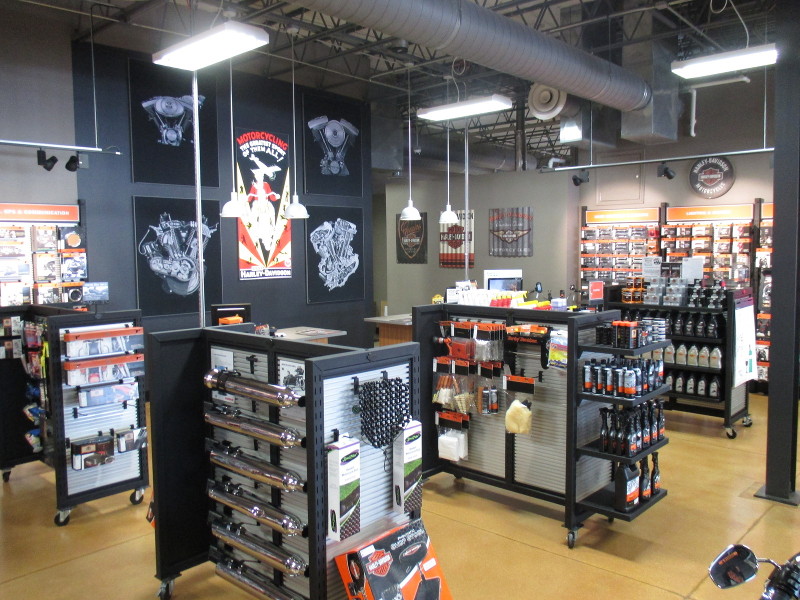An In-depth Check Out Motorbike Components: What Every Biker Should Know
An extensive understanding of bike components is not merely advantageous however crucial for any motorcyclist intending to maximize performance and safety and security. Each component, from the engine's intricate operations to the dependability of brake systems, plays a critical role in the general experience and functionality of the bike. Nevertheless, past feeling in one's bones what these components do, it is important to value how they communicate and support one another. This interconnectedness can make the distinction between a smooth experience and unforeseen difficulties. What details exist within this mechanical harmony that every biker should understand?
Recognizing the Engine
The engine, frequently considered the heart of a motorcycle, is an intricate assembly of elements that operate in consistency to convert fuel right into activity. At its core, the engine's main feature entails the burning process, where air and fuel mix and stir up within the cylinders, resulting in controlled surges that drive the pistons. These pistons move up and down, transforming chemical energy into power, which subsequently turns the crankshaft, eventually powering the bike.

Recognizing the intricacies of a motorcycle engine is important for fanatics and riders alike. It not only offers insight right into exactly how motorcycles attain their excellent power and rate but also aids in effective upkeep and troubleshooting, making certain longevity and dependability on the roadway.
Suspension Solutions
While the engine powers the bike, the shock absorber plays an essential function in ensuring a controlled and smooth ride. The suspension system is in charge of soaking up shocks from the road surface area, preserving tire contact, and providing security throughout cornering and braking. It comprises 2 primary components: the front forks and the back shock absorbers.
Front forks are usually telescopic, dampening and having a springtime mechanism. The spring compresses and prolongs to absorb bumps, while the moistening device controls the motion to prevent extreme jumping. This mix makes sure the front wheel stays in contact with the road, supplying superior handling and convenience.
The rear suspension, typically a monoshock or twin-shock arrangement, functions in a similar way to the front suspension however is tailored to sustain the bike's weight and rider - moto parts nz. It manages rear wheel motion, adding to the bike's general equilibrium and responsiveness
Suspension systems can be flexible, enabling bikers to fine-tune preload, compression, and rebound setups according to individual preferences and riding problems. This adjustability boosts efficiency by maximizing the motorbike's communication with diverse terrains. In recap, an effective suspension system is important for motorcyclist convenience, security, and the motorcycle's managing expertise.
Brake Components
Stopping power is an essential element of anonymous bike safety, and it rests on the efficiency of the brake parts. The primary aspects of a motorcycle's stopping system consist of the brake pads, calipers, blades, and master cyndrical tube. motocross parts nz. Each of these components plays an important role in ensuring reliable braking efficiency
Brake pads are essential as they create the needed rubbing against the rotors to reduce or quit the motorbike. Built from materials such as sintered steel or natural composites, the selection of brake pad product considerably affects efficiency and durability. Calipers, housing the brake pads, apply pressure to the pads when the brake lever is involved, assisting in contact with the rotors.
The blades, typically made from stainless steel or actors iron, are placed to the wheels and serve as the surface against which the brake pads press. Their style, including size and density, impacts warm dissipation and quiting power. The master cyndrical tube, linked to the brake bar, generates hydraulic stress transmitted via brake lines to the calipers, making sure regular stopping pressure.
Normal upkeep and evaluation of these components are important for ideal efficiency, preventing wear and guaranteeing biker security on the road.
Tire Fundamentals
Beyond preserving durable braking systems, ensuring optimal tire efficiency is just as significant for motorcycle safety and performance. Tires are the single get in touch with factor between the motorcycle and the roadway, making their condition crucial in handling, security, and general trip top quality. Selecting the suitable tire type is crucial, as it straight influences traction and efficiency. Alternatives range from touring to sport tires, each developed to fit details riding designs and conditions.

Examine the sidewall for the DOT (Division of Transport) code to ascertain the tire's age. Spending interest in these more tips here tire fundamentals not only optimizes performance but also significantly improves riding security.
Electric Equipments
In the world of bike upkeep, the electric system plays an essential role in making sure trusted efficiency and motorcyclist safety. This intricate network encompasses vital elements such as the battery, alternator, starter motor, and circuitry harness. Each component is important for the seamless procedure of the bike, from ignition to lighting and interaction with numerous sensors.
The battery works as the heart of the electrical system, offering the necessary power to begin the engine and run devices. Regularly inspecting the battery's voltage and terminals for deterioration is crucial to avoid unforeseen failings. The alternator, on the various other hand, charges the battery while visit here the engine is running, making sure a constant power supply.
To preserve it, bikers must pay focus to any type of uncommon sounds or difficulties during start-up. Making sure that the cords are totally free and undamaged from damages is important for ensuring and stopping short circuits capability.
Final Thought

Stopping power is a basic element of bike security, and it hinges on the performance of the brake parts. The main aspects of a motorcycle's braking system consist of the brake pads, calipers, rotors, and master cylinder.Brake pads are important as they create the necessary rubbing versus the blades to reduce down or stop the motorbike.Beyond keeping durable stopping systems, making sure optimal tire performance is just as considerable for motorcycle safety and security and efficiency.In the world of motorcycle maintenance, the electric system plays a critical duty in making sure reliable performance and rider safety.